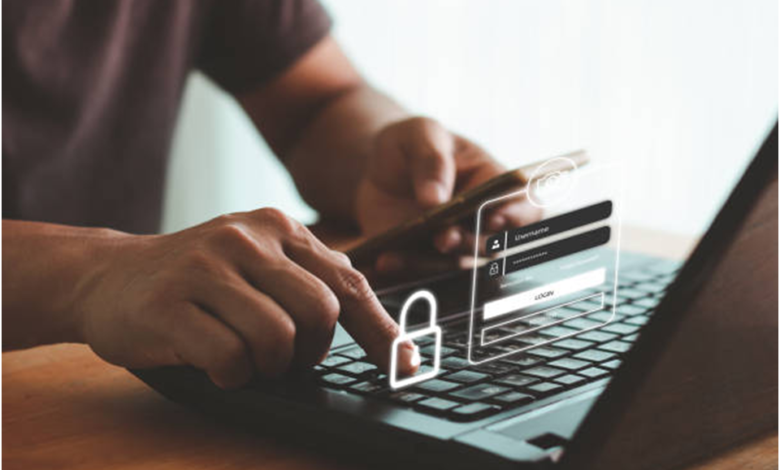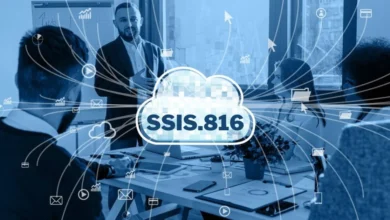Verify Documents Online to Ensure AML Compliance

Document verification is used to identify the customer’s identity by authenticating their personal information. Verifying documents is a convenient way for businesses to verify the identity of a specific individual. Online document checkers accelerate this process by securing banks and other financial institutes from fraud.
There are also various rigid regulations that businesses must have to comply with to combat money laundering and terrorist financing. Kyc document verification leads companies to an effective and efficient verification process that ensures compliance with regulations. Document fraud prevention is essential for banks to reduce financial fraud. It ensures companies that the specific individual using their services is legitimate or illegal. Businesses are certain that a particular customer is using their services lawfully after confirming the customer’s identification. However, because insufficient document verification measures would not balance the system and threaten the integrity of the world economy, financial institutions must rely on a suitable document attestation procedure. It will have a societal impact on drug trafficking, money laundering, financial fraud, and financing of terrorism, among other things.
What is Document verification?
Verifying documents is a procedure organisations use to validate proof of customers’ identity before onboarding. Companies attest to the records submitted by the user to provide the correct information about themselves. In these terms, it is a process to authenticate the papers by cross-checking them with original papers and validating the written data. Verify documents online, accelerate this process and be efficient with machine learning technology.
In order to comply with Know Your Consumer (KYC), financial institutions employ this procedure to verify the identifying documents the consumer submits. It is used mainly by financial organizations to confirm their clients’ identities and ensure they are not engaged in any illegal activity. Document verification is crucial to anti-money laundering and counterterrorism financing regulations. Financial institutions, including banks, abide by all legal obligations. Failing to fulfil those responsibilities may lead to financial fraud and disproportionate fines from the authorities.
Verification of Documents Streamlines Complying Process
Every business in this global village has to comply with rigid regulations to operate worldwide. The Financial Action Task Force (FATF) created these policies to stop the funding of terrorism and money laundering. An easy and efficient way to ensure identity-proof papers are accurate and legitimate is to verify the offered information.
Human resources, who are corporate representatives, have traditionally carried out this process; as a result, the entire process is drawn out and prone to mistakes. Online solutions use cutting-edge technology to close these gaps by improving the authenticity and accuracy of document verification. The steps of the online document verification program are as follows:
Collect Information
During the document verification online, customers can upload the required records into the software from anywhere. The document checker application sorts the submitted records according to companies’ demands and sends the final version of the papers to the next step for attestation. The documents can be of various types depending on the companies and nature of service the user applied to open an account. It could be a National ID, driver’s licence, passports or any legal papers.
Optical Character Recognition (OCR)
The written data on the documents is not computer-readable text. The kyc document attestation can not provide adequate results without verification of the data on the papers. In the digital era, it is easy for bad actors to convert original papers into duplicates to proceed with their illicit activities. The document verification service utilized the OCR technology to transform the written data on the papers into computer-readable text. It scans the papers and sorts all the data on the papers into databases to proceed with the next step of the verification document.
Document Screening
Once the data is stored, document verification software cross-checks all these papers from the original papers and watchdog databases such as AML, politically exposed persons (PEPs), etc. It verifies the papers by checking the security features. Some security features are cross borders, signatures, format, and others dependent on the documents. After verifying security features, it validates the data by confirming all written information from the government databases and ensuring the person is the same who they claim to be.
At the End of Verify Documents Online
In short, document verification is a convenient way to identify and enhance the company’s security. Financial institutes and digital businesses can easily comply with the rigid international AML regulations to combat money laundering and terrorist financing. This also assists the companies in streamlining customers’ onboarding experience and protecting their data. This also helps to maintain customer trust and loyalty, as customers feel secure that their data is safeguarded. Additionally, it helps to reduce the risk of identity theft and reputational damage.



